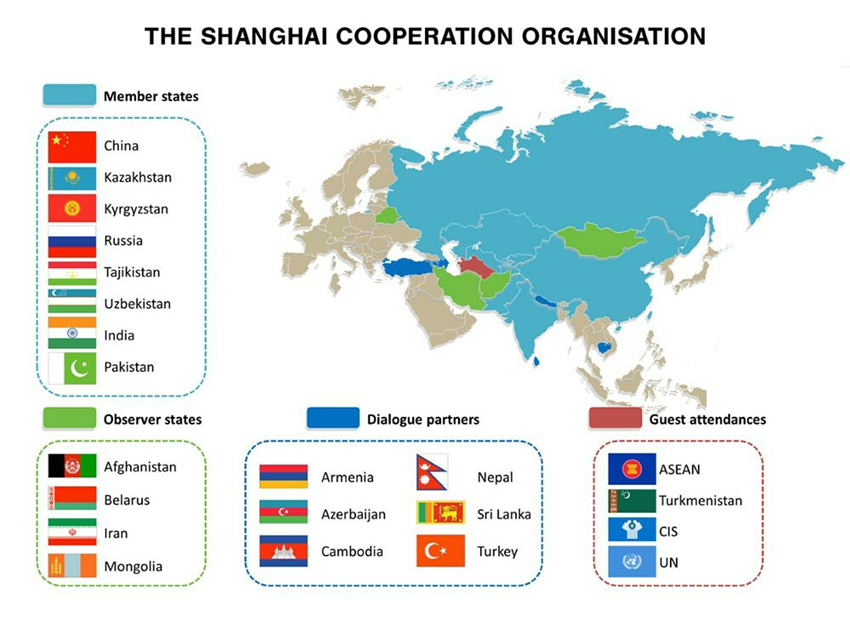CURRENT AFFAIRS
Get the most updated and recent current affair content on Padhaikaro.com
Omicron- a new variant
- IAS NEXT, Lucknow
- 30, Nov 2021

Reference News:
The new variant B 1.1. 529, which was designated as a 'Variant of Concern' by World Health Organisation has been assigned the name Omicron.
- Reported by public health officials of South Africa, the new variant has triggered a lot of concern worldwide over a probable resurgence of Covid infections.
How different it is from the original virus?
The B1.1.529 has more than 2 times the number of bad spike mutations than the Delta variant. The new variant has an extremely high 32 worrisome mutations in the spike protein, which is a real concern than the Delta variant.
The WHO currently lists 5 variants of concern:
- Omicron (B.1.1.529), identified in southern Africa in November 2021.
- Delta (B.1.617.2) which emerged in India in late 2020 and spread around the world.
- Gamma (P.1), which emerged in Brazil in late 2020.
- Beta (B.1.351), which emerged in South Africa in early 2020.
- Alpha (B.1.1.7), which merged in Britain in late 2020.
VARIANTS OF INTEREST– There are currently two:
- Mu (B.1.621), which emerged in Colombia in early 2021.
- Lambda (C.37), which emerged in Peru in late 2020.
Variant of Interest (VOI) and Variant of Concern (VOC):
A SARS-CoV-2 VOI is a SARS-CoV-2 variant:
- with genetic changes that are predicted or known to affect virus characteristics such as transmissibility, disease severity, immune escape, diagnostic or therapeutic escape; AND
- that has been identified as causing significant community transmission or multiple COVID-19 clusters, in multiple countries with increasing relative prevalence alongside increasing number of cases over time, or other apparent epidemiological impacts to suggest an emerging risk to global public health.
A SARS-CoV-2 VOC is a SARS-CoV-2 variant that meets the definition of a VOI and, through a comparative assessment, has been demonstrated to be associated with one or more of the following changes at a degree of global public health significance:
- increase in transmissibility or detrimental change in COVID-19 epidemiology; OR
- increase in virulence or change in clinical disease presentation; OR
- decrease in effectiveness of public health and social measures or available diagnostics, vaccines, therapeutics.
How do variants of a virus emerge and why?
- Variants of a virus have one or more mutations that differentiate it from the other variants that are in circulation.
- Essentially, the goal of the virus is to reach a stage where it can cohabitate with humans because it needs a host to survive.
- Errors in the viral RNA are called mutations, and viruses with these mutations are called variants. Variants could differ by a single or many mutations.
